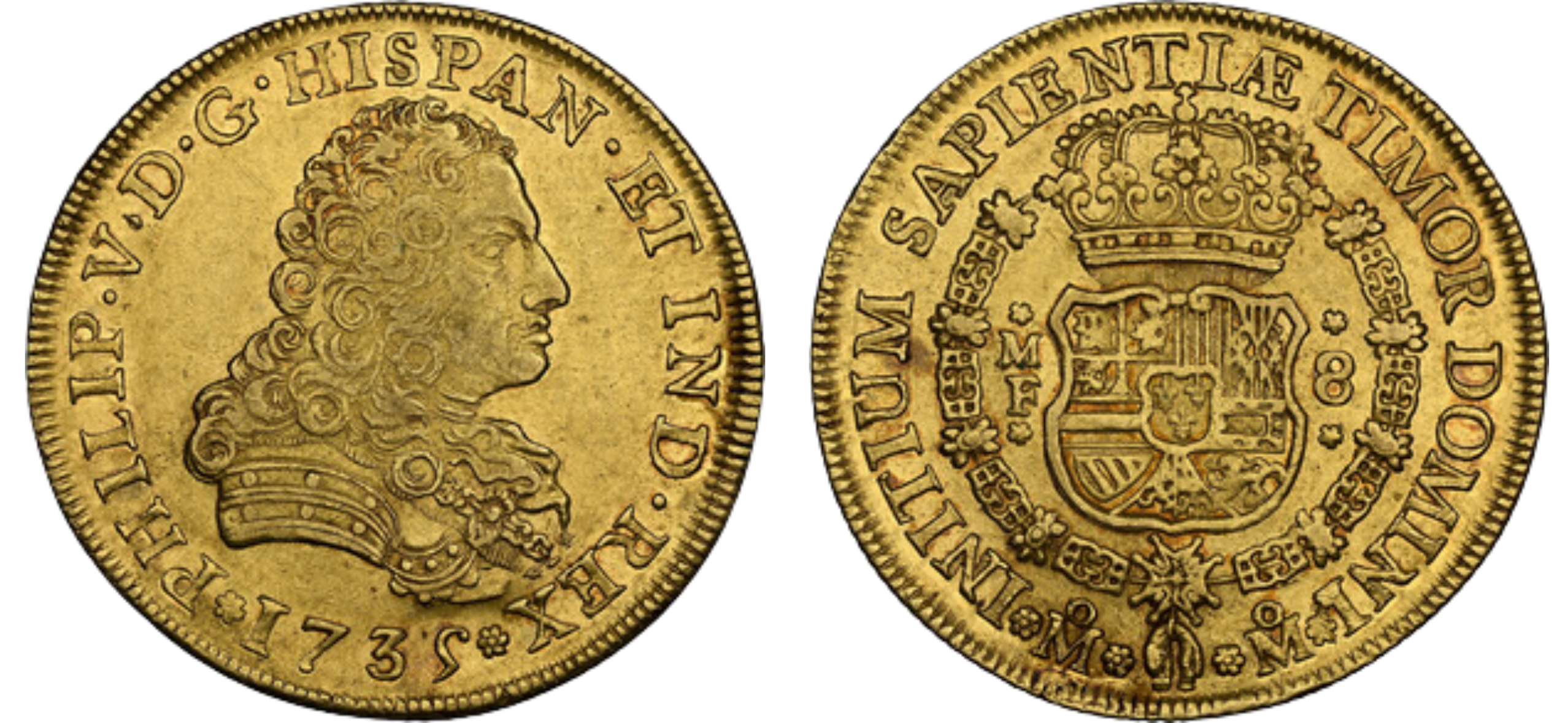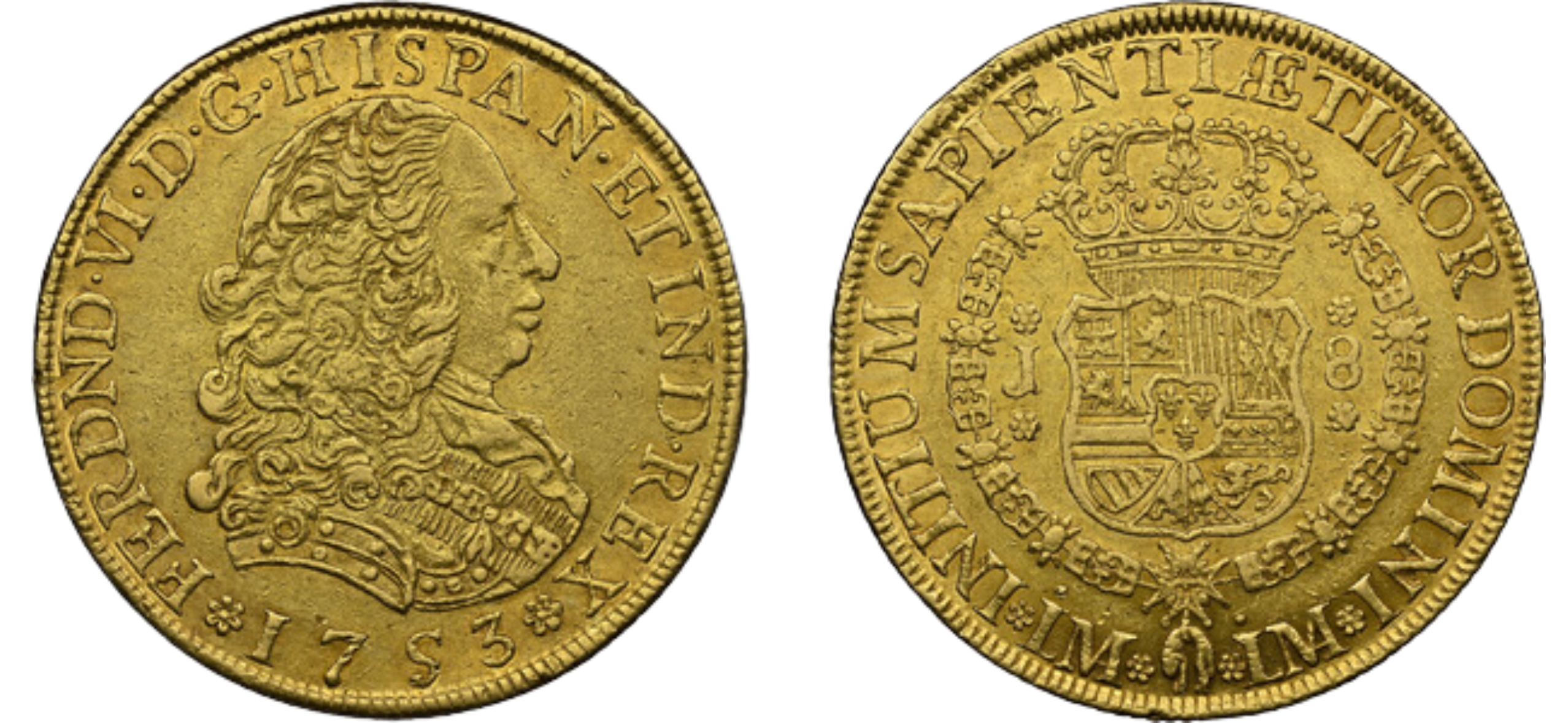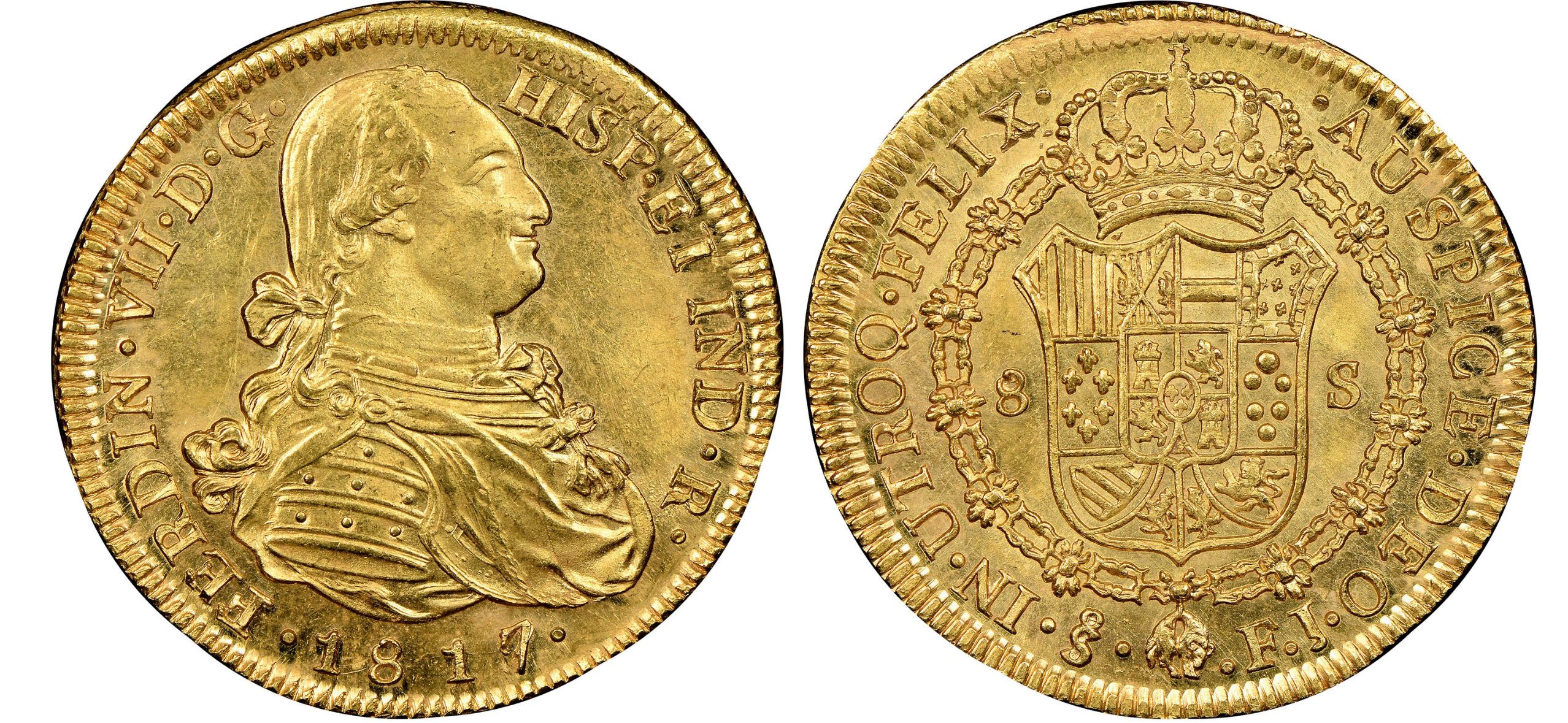
The period from the early 18th century to 1835 marked an era of exploration, conquest, and substantial wealth for European empires. One of the most captivating relics from this period is the Portrait Escudo—a coin that held intrinsic value not just as a currency but as an emblem of political power, artistry, and historical significance. Let’s delve into the story these coins tell and their enduring legacy in the rich narrative of history.
What Are Portrait Escudos?
The Escudo was a gold coin circulated in European and Latin American regions, with Spain as its principal issuer. Minted during the height of Spanish colonial dominance, these coins represented more than just economic means; they were a declaration of power. The term “Escudo,” translating to “shield,” reflected their emblematic purpose, symbolizing the strength and authority of the Spanish monarchy.
The introduction of the portrait Escudo was revolutionary, featuring the image of the reigning monarch on its surface. These coins were powerful political tools, disseminating the presence and influence of the king or queen throughout Spain’s vast empire. The portrait Escudos, minted from the early 1700s until 1835, showcased finely detailed depictions of Spanish royalty, blending art with political intent.
The Dawn of Portraiture: The Early 1700s
The beginning of the 18th century marked a transformative period for Spanish coinage. Under the rule of the Bourbon dynasty, initiated by King Philip V after the War of Spanish Succession (1701–1714), there was an increased emphasis on royal power. Coins evolved from abstract designs to ones that prominently displayed the monarch’s likeness, reinforcing the authority of the ruler across Spain’s expansive empire.
King Philip V’s reign introduced portrait Escudos that replaced the simpler designs of earlier coinage. This was not a mere change for aesthetic appeal but a strategic decision to assert the divine right and supremacy of the ruling monarch.
The Evolution of Artistry and Technique
Initial portrait Escudos were hand-struck with engraved dies, making each coin unique. The stylized portrayals often idealized the monarch’s features. Over time, these depictions evolved, highlighting improvements in both artistic skill and technological precision.
Each new monarch brought a fresh series of portrait Escudos, marked by their own image. Coins from the reigns of King Ferdinand VI (1746–1759), Charles III (1759–1788), and Charles IV (1788–1808) demonstrated changing techniques and stylistic nuances. The development from Philip V’s austere, regal portraits to Charles III’s more refined and realistic images showcased the artistry’s progression over the century.
The Political and Economic Shifts of the 1800s
The 19th century brought significant turmoil for Spain and its colonies. The Napoleonic invasion of 1808 and the subsequent Peninsular War severely disrupted Spanish society and its economy. During King Ferdinand VII’s tumultuous reign (1808–1833), marked by revolts and independence movements in the colonies, the production of portrait Escudos continued but under increasing strain.
By 1835, portrait escudo minting had largely ceased as political instability and changing economic practices rendered gold coin production less feasible. Additionally, the wave of independence movements across Latin America weakened the relevance and distribution of Spanish coins.
Modern-Day Value and Collectibility
Today, portrait Escudos hold immense value for numismatists and collectors due to their historical, artistic, and intrinsic worth. These coins are historical snapshots, encapsulating the reigns of monarchs and the broader context of the Spanish Empire. Factors such as rarity, condition, and the ruler depicted contribute to the coins’ valuation, with Escudos from colonial mints like Lima and Mexico City being especially prized for their connection to Spain’s global reach.
Unique Aspects of Portrait Escudos
- Historical Significance: Each coin narrates a tale of political power, colonial wealth, and the shifts in European dominance.
- Artistry: The detailed craftsmanship represents the skill and dedication of the master engravers of the era.
- Investment Value: Beyond their historical allure, these coins are highly valued in both the numismatic and investment worlds.
Why Was the Escudo Considered the First Legal Tender in the US?
The Escudo played a pivotal role as one of the earliest forms of legal tender in the United States due to the extensive use of Spanish currency in colonial America. Before the establishment of a standardized American currency, Spanish gold and silver coins, including the Escudo, were widely circulated and accepted due to their trusted value and recognized weight. The Spanish dollar, often paired with Escudos, became integral to economic transactions, especially during a period when British colonial currency was scarce or unreliable. This broad acceptance of the Escudo and similar Spanish coinage laid the foundation for the US’s early financial systems, cementing its historical status as the first legal tender recognized by the emerging nation.
Conclusion
Portrait Escudos, minted from the early 1700s through 1835, transcend their original purpose as currency. They are gateways to a period defined by imperial ambition, royal grandeur, and artistic evolution. Whether as collector’s items, investments, or artifacts of history, portrait Escudos capture a fascinating chapter of an empire in gold.


